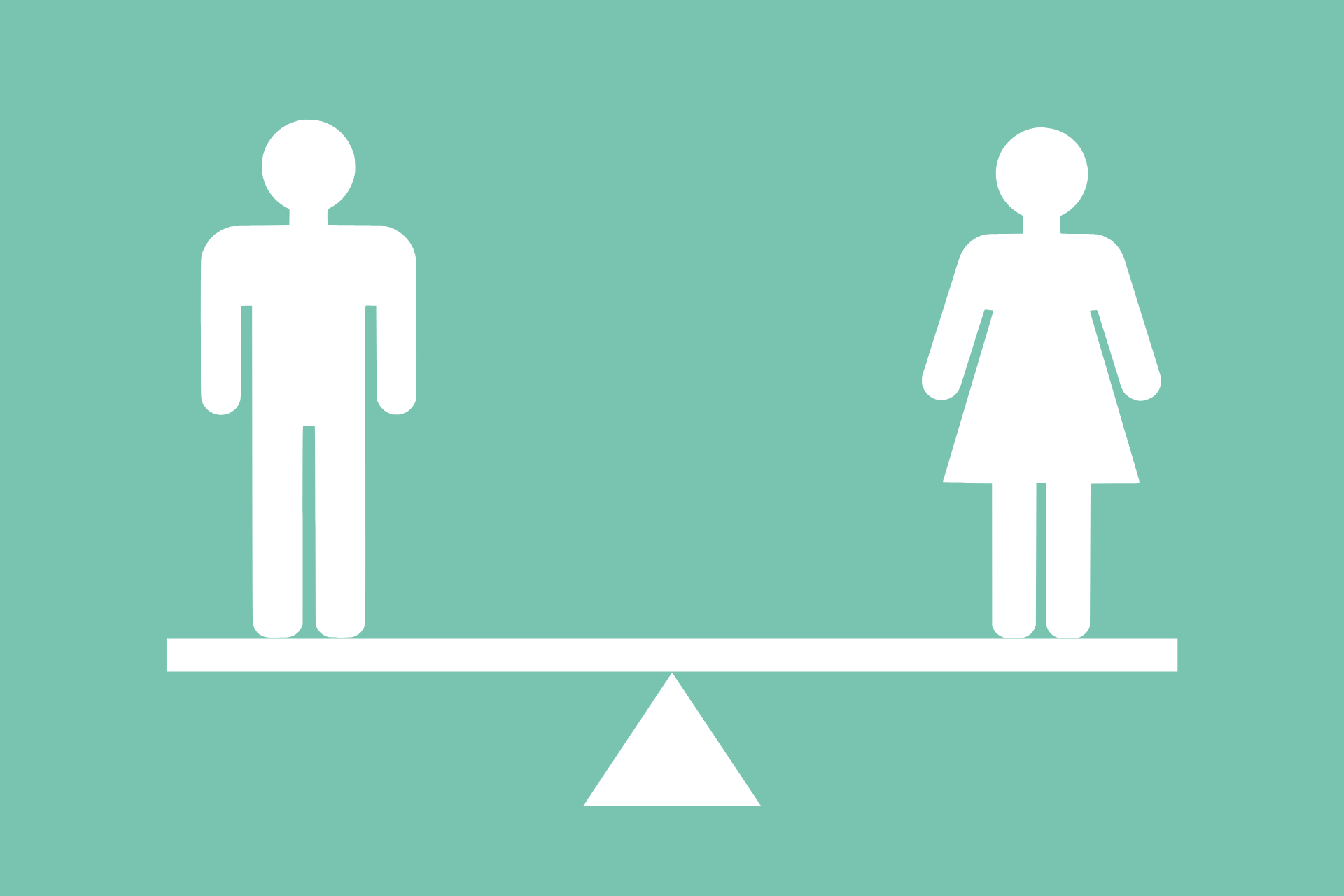Equal pay is not about the fairness of pay, but about men and women receiving equal pay when they are doing equal work. Equal pay is different from the gender pay gap, which measures the differences between the average pay of male and female employees, irrespective of job role or seniority.
What is equal pay in the workplace?
Employers are legally obliged to ensure that men and women in the same employment performing equal work must receive equal pay, unless any difference in pay can be justified. Paying a man more for the same work as a woman can constitute discrimination, and legislation regarding this has been in existence in the UK since 1970 when the Equal Pay Act was first introduced.
Larger and public sector employers also have additional legal requirements to attempt to address pay equality. The Equality Act 2010 (Gender Pay Gap Information) Regulations 2017 require all private and voluntary sector employers with 250 or more employees to undertake ender pay gap reporting. There is a similar provision made by The Equality Act 2010 (Specific Duties and Public Authorities) Regulations 2017 applicable to specified public sector authorities.
Yet despite these legal protections, data from the Office for National Statistics shows that there continues to be a pay gap between men and women of 7.9% for full-time employees. The Fawcett Society, a charity campaigning for gender equality and women’s rights, undertakes research each year to identify what they have termed as Equal Pay Day – this marks the day in the year where women effectively, on average, stop earning relative to men because of the gender pay gap. In 2021, Equal Pay Day fell on Thursday 18th November.
Why does this matter?
The legislation in place to protect employees means that employers who do not pay men and women equally can face expensive legal action. For example, a case brought by 35,000 shop floor workers at Asda was heard by the Supreme Court in 2021. The Supreme Court found that the pay of shop floor staff (who are mostly female at Asda) and distribution centre employees (mostly male) can be compared with one another, even if the two groups of workers are not based at the same establishment. This means that any discrepancy in pay between the two roles could constitute a failure to pay men and women equally. Whilst this is an exceptional case due to the size if the business, it is estimated that the compensation due to the shop floor employees could amount to £500m.
However, regardless of legal risks, most employers will want to pay employees equally based upon the work that they do because this is in line with their values and beliefs about what the right thing is to do. This is also indicative of a positive and fair working culture.
If an employee is aware that they are not being paid the same for equal work compared to a colleague, this may impact on how valued they feel by their employer, and in turn, on their motivation. It may also impact upon their mental health; in a report published in 2000, the World Health Organisation sets out the potential impacts that an employee’s psychological experiences of work can have on their mental health. Within this, they identify “equitable pay” as a factor that may impact upon this.
How can employers help to ensure equal pay?
Many employers will not be deliberately paying men and women unequally. However, unconscious bias, and continuing to pay people based on rates of pay implemented many years ago, can lead to employers inadvertently implementing or continuing unequal pay practices.
Potentially beneficial activities to help ensure equal pay include:
- Undertake regular job evaluations and benchmarking;
- Ensure employees who have responsibility for activities such as recruitment and selection receive suitable training in areas such as unconscious bias;
- Ensure there is a transparent process for deciding what salary is offered to new starters and existing employees who are promoted;
- Review your pay data to spot anomalies and trends on a regular basis (even if you do not have a legal obligation to report your data).
Is this only about gender?
It is also important to remember that gender pay discrepancies are not the only potential area of discrimination to look out for; for example, according to government data:
“In 2020, the mean ethnicity pay gap, which is the difference between the average hourly pay between BAME and non-BAME staff, is 29.3%.”
The Equality Act 2010 prevents discrimination based on nine Protected Characteristics, which are:
- Age
- Disability
- Gender reassignment
- Marriage and civil partnership
- Pregnancy and maternity
- Race
- Religion or belief
- Sex
- Sexual orientation
Employers must take care to ensure that pay decisions do not take account of any of the above factors.
By creating a workplace of equality and inclusion of all, you will not only create a fair culture for all to work within, but you will also support individuals’ self-worth, support society to find balance, retain and recruit the best people for your organisation together with avoiding the need for stressful tribunals claims.
If you would like to find out more about equal pay in the workplace, please contact a member of the ViewHR team today for an initial discussion or call+44(0)1425 205390.


